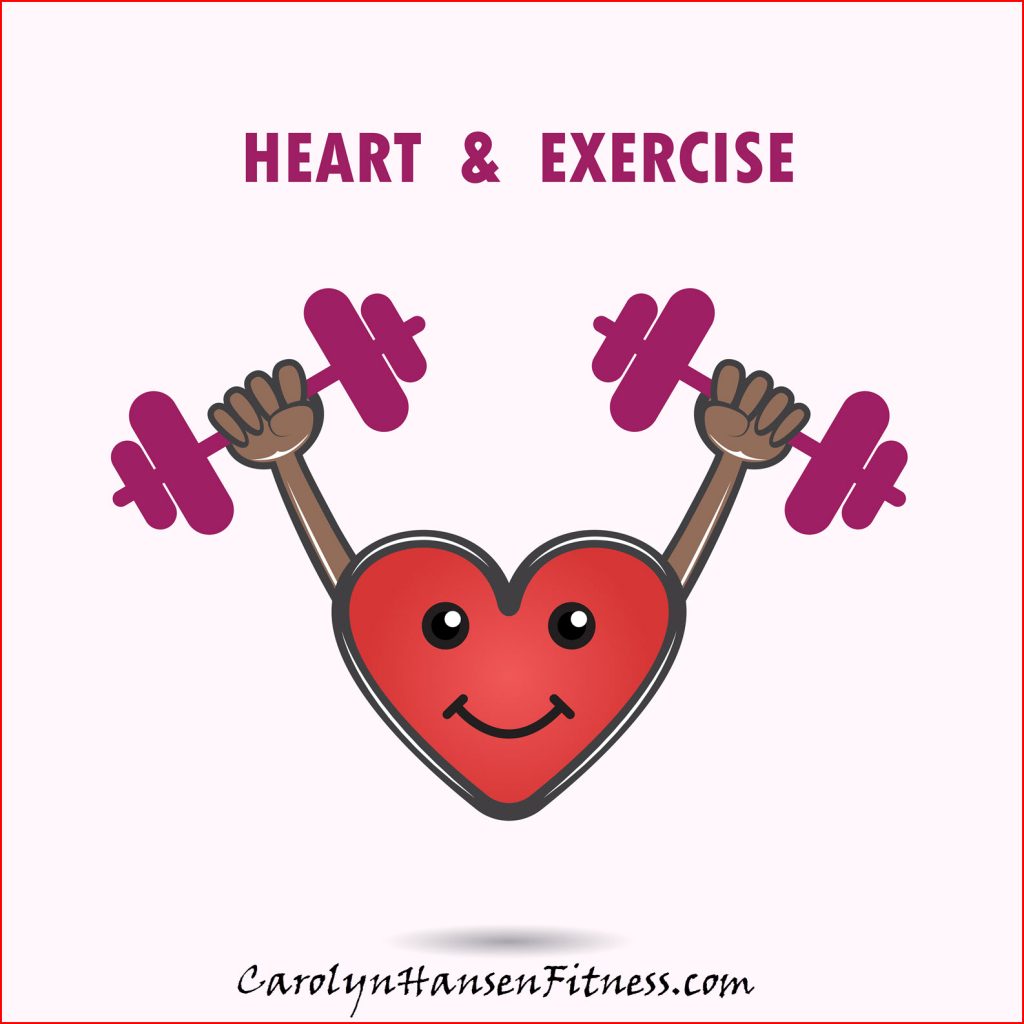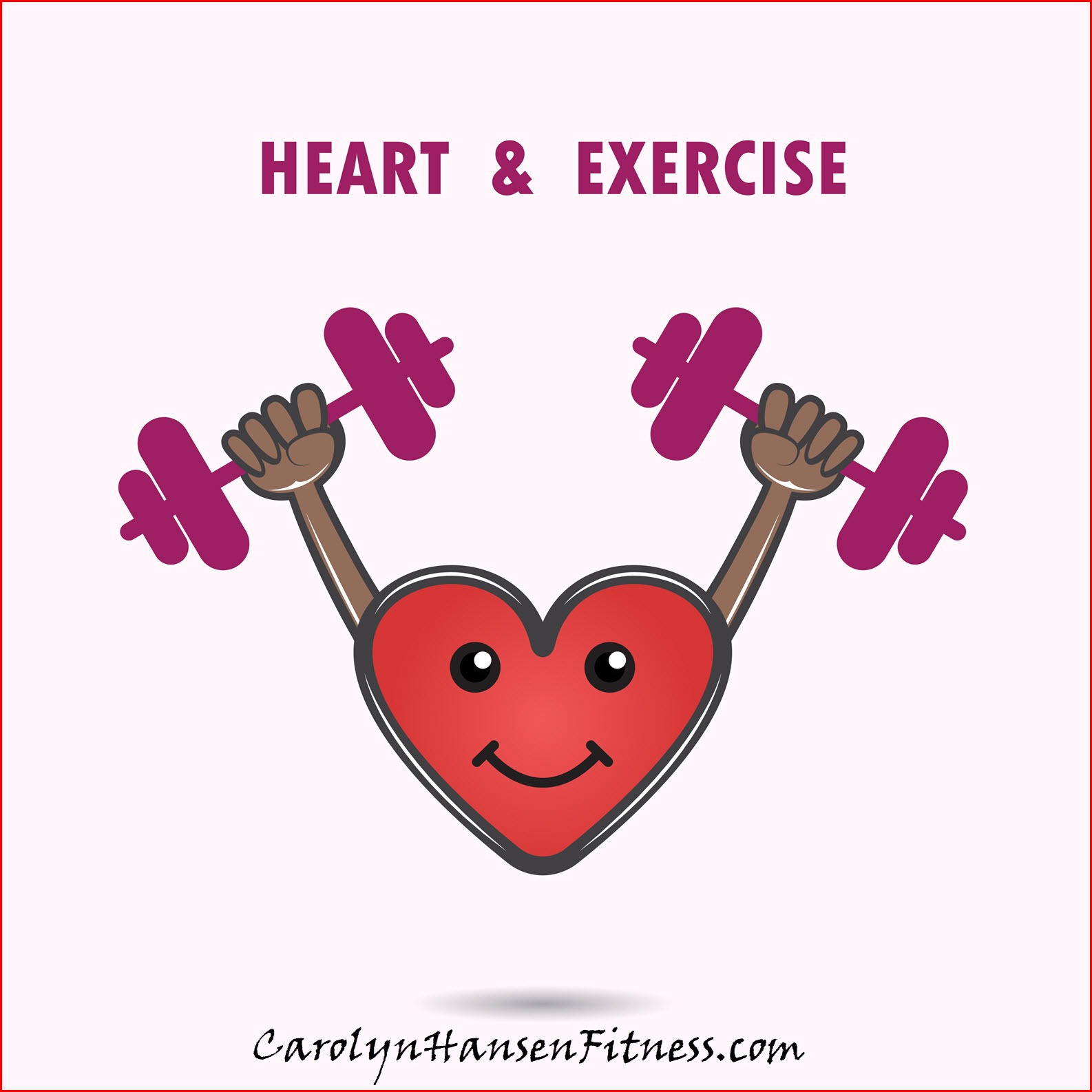
Most of us never give so much of a thought to one of the most important muscles in our body – our heart.
This underappreciated muscle/organ beats away in the background like some faithful servant, never complaining and always on the job but rarely noticed.
However, by the age of 40 almost 50 percent of men and more than 30 per cent of women will have heart disease and the sad part is they will not even know it. That is until it is too late when they end up in the emergency room with a brain or heart disaster.
Worldwide, coronary heart disease kills more than 7 million people each year with a high proportion of them working age adults. It is a massive global health threat with more than 2,500 people in the US dying each day from it and 7 million worldwide each year.
One of the reasons that many people may ignore the possibility of developing heart disease is that it’s a gradual, lifelong process that people can’t see or feel, setting the stage for a host of other problems.
What Gives? –
The heart being a muscle responds to exercise like any other muscle. You can beef it up and keep it strong and healthy or you can let it get scrawny, weak and prone to disease.
The American Heart Association has now added “lack of exercise” to the list of major risk factors for heart disease.
The reality is, lack of exercise” is a major risk factor for heart disease and currently 60 percent of the world’s population does not get enough proper physical activity to benefit their health with women and older adults being at the very top of the list.
We spend most of our day sitting, in the car, at our work, back into the car then parked in front of the television or some other small screen for the evening. We are so out of shape we develop pot bellies in our 20’s!
Because of our lack of movement we’ve earned the label of ‘the most inactive population that ever lived.”
 To compound the issue, we continue to put things that resemble food into our mouths. The problem is, these food imposters contain no nutritional value whatsoever causing our waistlines to bulge, placing further strain on our long suffering hearts.
To compound the issue, we continue to put things that resemble food into our mouths. The problem is, these food imposters contain no nutritional value whatsoever causing our waistlines to bulge, placing further strain on our long suffering hearts.
Health systems around the world bear the brunt on the economic impact along with the loss of income and production from those affected either directly or the caregivers of those with heart disease that cease to work. This puts coronary heart disease in the category of a modern day plague.
Heart attacks and strokes don’t come out of the blue. Much of the trouble that leads to these killers starts in the arteries, the tubes that carry the blood and allow it to flow to the body’s organs. Our hearts struggle with our clogged arteries causing our blood pressure to zoom and leaving us gasping for air trying to climb a flight of stairs.
The truth is, high blood pressure is a major contributor to heart disease. Fatty deposits clog and narrow arteries, restricting blood flow, placing additional permanent strain on the heart system damaging the walls of blood vessels.
The rise of blood pressure with age is so pervasive in western society that we used to believe it was an inevitable consequence of aging. Now we know it is not caused by the passage of time, but is an indicator of silently advancing disease, disease which can be prevented.
If we fail to perform sufficient exercise or fail to subject our muscles to adequate loads, muscles atrophy, i.e. they lose strength and the heart is no exception. Over time, a weak, flabby and unfit heart becomes enlarged, misshapen, weakens and can only pump small amounts of blood per beat. This causes it to beat rapidly to compensate for its poor pumping capacity.
However, a heart kept fit and well conditioned, performs like any other muscle – it becomes stronger, has more endurance and efficiency. A normal heart beats at a rate of approximately 70 beats per minute at rest or about 100,000 beats a day. A fit heart can actually beat as few as 40 times a minute at rest or approximately 50,000 beats per day becoming more efficient at pumping blood around the body while performing less work. This adds up to a longer healthier life.
When muscles are firm and toned they squeeze or ‘milk’ the blood back to the heart every time you move. Flabby, weak muscles cannot do this so the heart has to work much harder every minute of the day and night to keep you alive, stressing and shortening your lifespan.
Unfortunately, most people don’t realize they have weakened heart capacity until it’s too late – when they are in the emergency room after a heart attack.
Best Return on Investment –
Protect your health and longevity with what we know has a multitude of benefits – strength training exercise.
Without a doubt, the best way to strengthen your heart and every other muscle in your body is strength training exercise. No other type of activity can even come close to the life giving benefits that this type of exercise performed properly provides.
Keeping your muscles strong with strength training exercise is extremely important for cardiac health because the heart is a muscle and is connected to the rest of the muscular system of the body. The better the condition of your muscles the more they can help the heart stay healthy, so any activity that works the muscles and makes them stronger makes the heart stronger as well keeping it fit and toned.
Strength training also speeds our metabolism, the body’s engine, burning more calories, keeping us leaner and lowering our risk of heart disease.
Strong muscles act as auxiliary pumps helping to circulate and push oxygen and nutrient rich blood around the body keeping all cells and tissues healthy.
Reversely, long, slow, steady state, high repetition, low intensity activity has now been proven to make the heart/lung system smaller and weaker than what was previously believed. Downsizing the heart and lungs is not a healthy thing to do as it increases the risk of disease which is why strength training is the best type of exercise for a strong heart.
With added strength the heart delivers life giving oxygen and nutrients to all cells and tissues with less beats. It pumps less often and becomes more efficient with less wasted effort.
If you reduce your resting heart rate just 10 beats per minute you will save your heart from beating 14,000 times per day, opening the potential to extend its longevity and give you more active and productive years.
No time like NOW –
If you live a no-exercise lifestyle your heart just like the rest of your body is in danger of becoming flabby, unfit, weak and susceptible to disease. However, you’ve been given the knowledge needed to change these odds in your favor, so, don’t put it off.
Your heart can be stronger and healthier and provide you with extended years if you start a proper strength training program now and stick with it. It is the single best, protective measure you can take to steel your defenses against this silent, but deadly killer. Leave things up to chance and you will be doubling your risk of heart disease which is a little like playing Russian roulette with your life at stake.
You’ll not only make your muscles stronger, including your heart muscle when you strength train properly, but studies done on cardiac patients strength training just 3 times per week showed they not only gained strength and flexibility but aerobic capacity as part of their rehabilitation program.
A strong fit heart is less subject to strain when demands on it increase. Even if you do experience a heart attack or stroke, you would be in way better shape to handle it. Having good respiratory fitness that comes with a strong heart means you are able to retain more oxygen in your system which could make all the difference if you ever needed to be resuscitated.
To keep all of our muscles strong including the heart strength training exercise is the most productive and effective exercise you can do.
Strength training will help us escape the spiral of inactivity strengthening the heart system which in turn reduces stress on our cardiovascular system helping to prevent disease.
If you plan on living a long time and wish to be active and well beyond your eighties you may need to make some lifestyle adjustments as you get older. Strength training exercise will live up to its promise and more than any other exercise or activity will keep you young and make sure your health span equals your life span.
It’s time to regain vitality, muscular strength and endurance along with a super healthy, strong heart…
“Healthy Self Healing” can help you do just that…
For more tools and resources from Carolyn Hansen to assist you in attaining your health and fitness goals please visit:

